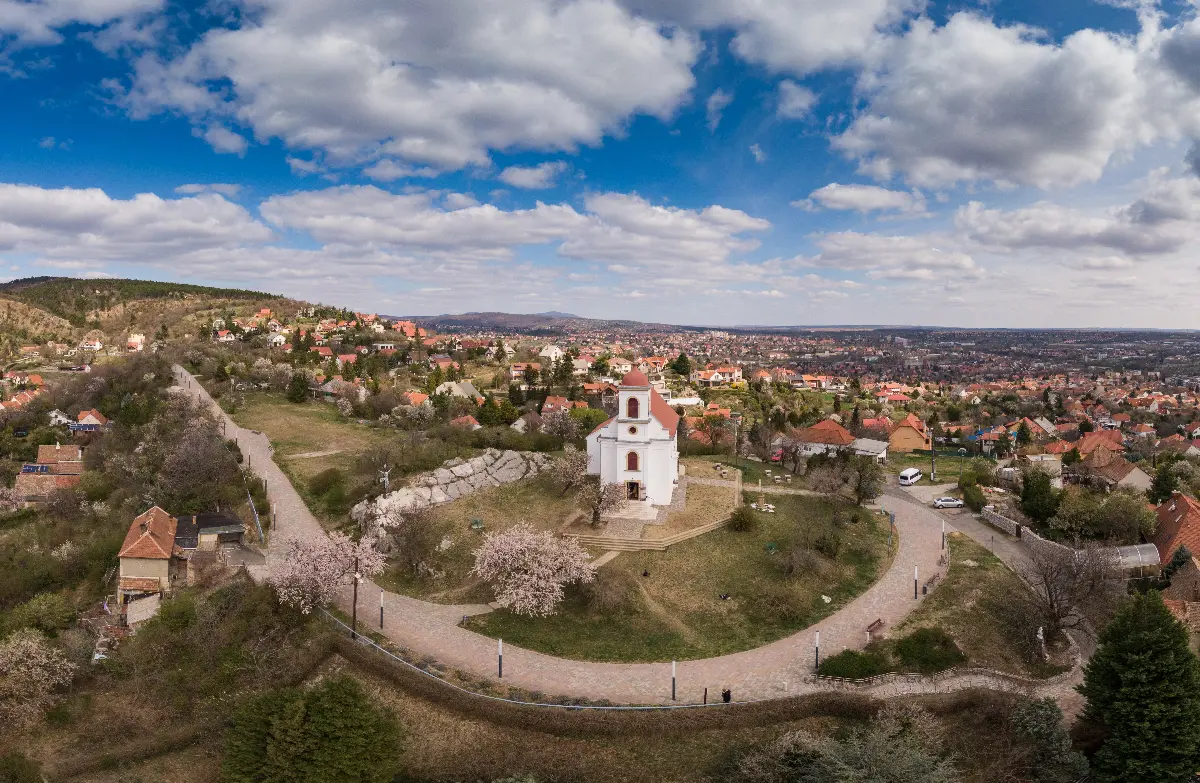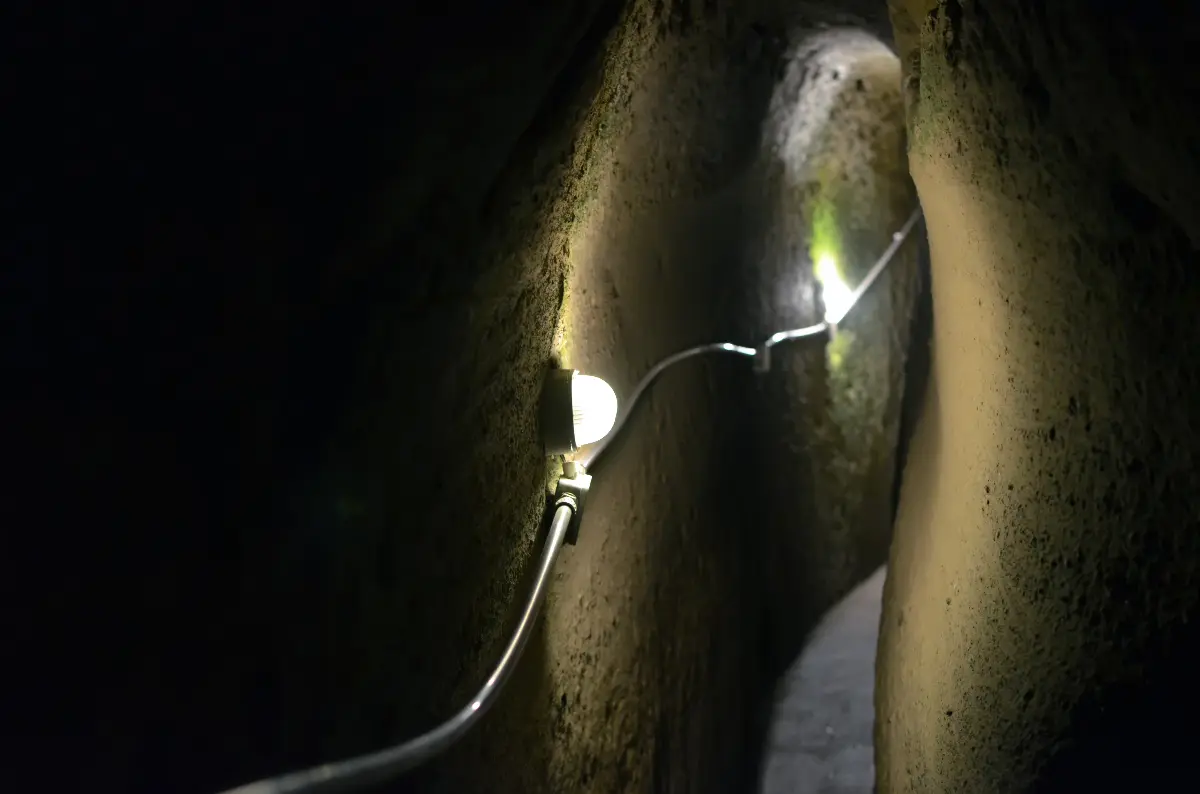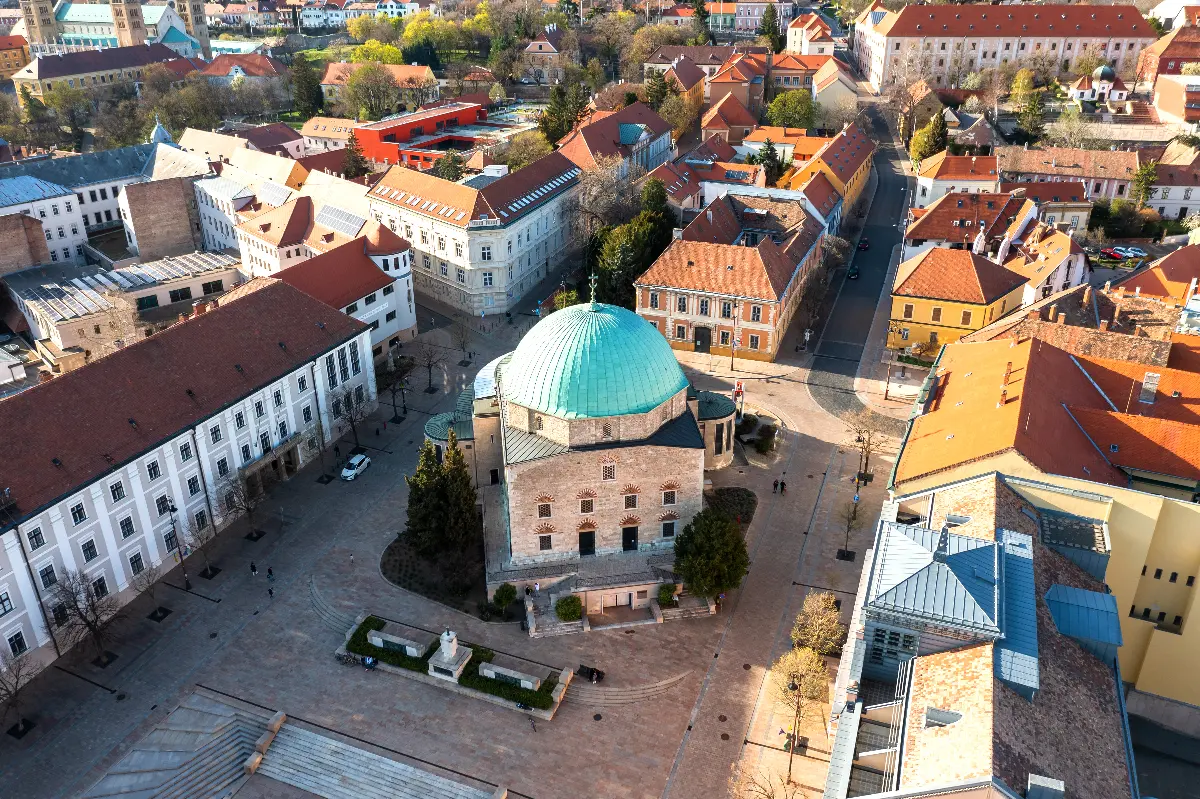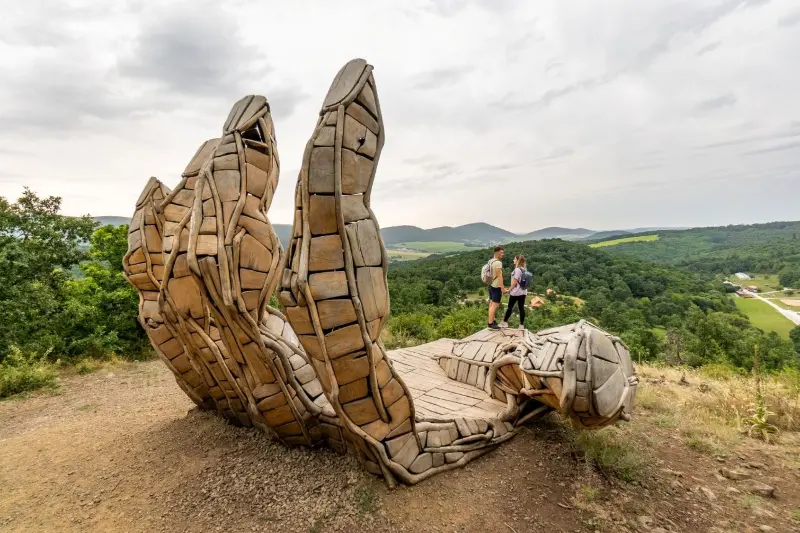
Helyszín címkék:
4 legends from Pécs, which attract many from far and wide
Szabó Sára
The legend of secret tunnel systems winding underground
We do not know whether it is a hyperbole or reality, in any case, the locals claim that an entire city could be “built” out of the secret cellar systems winding under Pécs. A fairy tale or not, it is a fact that the people of Pécs are proud of their underground cultural values, so they prefer to search (further) below ground level. And as we know he who seeks finds: over the years, more and more passages have been discovered and opened to ladies and gentlemen, which can be explored as part of an exciting guided tour. It can be the episcopal crypt, the early Christian tombs, Littke Lőrinc’s medieval five-level cellar system or the lower church of one of the symbols of Pécs, the mosque, the city has a lot to discover under our feet, which should not be missed on any visit to Pécs.

The mysterious Baranya tiger that was seen by everyone and no one
The legend of the tiger in Baranya blurs the border between fiction and reality, which is why it is so exciting: no one can tell if it existed or not. Nearly twenty years ago, a little girl noticed the “tiger” in Bükkösd, and twenty kilometres away, on the border of Baranyajenő, three people witnessed an unusually large feline. By this time, the media and a local hunting company had also brought the wild animal into the spotlight, and the whole county was looking for it. One by one, “eyewitnesses” appeared, some supposedly discovered the footprint of the big cat on their estate, others believed the Baranya tiger to be a huge dog. Hearing the news, all Hungarian zoos took an inventory of their big cats, but interestingly, no specimens were missing anywhere. The tiger soon disappeared, and in the absence of photos and evidence, the investigation was soon concluded.
The romantic tale of the "love padlocks" in Pécs
An unmissable attraction of Pécs are the bunches of padlocks hanging on the iron fences of the entrances of Janus Pannonius Street. The local couples’ habit goes back decades, the lovers of Pécs put their locks on the bars as far back as the 1980s. In fact, it’s a romantic gesture to lock our feelings in a quasi-eternal padlock, so it soon became a tradition in the city to place a padlock. But even those born and bred in Pécs can't tell exactly who and when the first padlock was clipped onto the railings. Graduating students from the nearby school were supposed to have come here to get rid of the padlocks, which had already been "taken off” their lockers, and according to another story, the adulterous women of Pécs signalled to their lovers that the lord of the house had stepped out. According to the third - and most believable - story, a high school couple created a tradition of “love padlocks” that was immediately followed by other young people.

A radiant main square that simply attracts visitors
Most people of Pécs (and most tourists!) know the story that the main square of the city is said to have been built on radiant red sandstone excavated as a by-product of the uranium mine. The uranium content of the stone is thought to be so high that a radioactivity reading measured in Széchenyi Square was similar to that taken near the former mine. There are also funny anecdotes associated with real or imaginary beliefs; there are those who say that radioactivity attracts visitors - that’s why there are always so many people hanging around the square, but there are also those who swear that thanks to radiation, you can prepare for a difficult exam in the square in as little as a few hours. One way or another, it is certain that the winter snow in the square melts almost immediately, even if it is inches high elsewhere. Could this be a coincidence?








